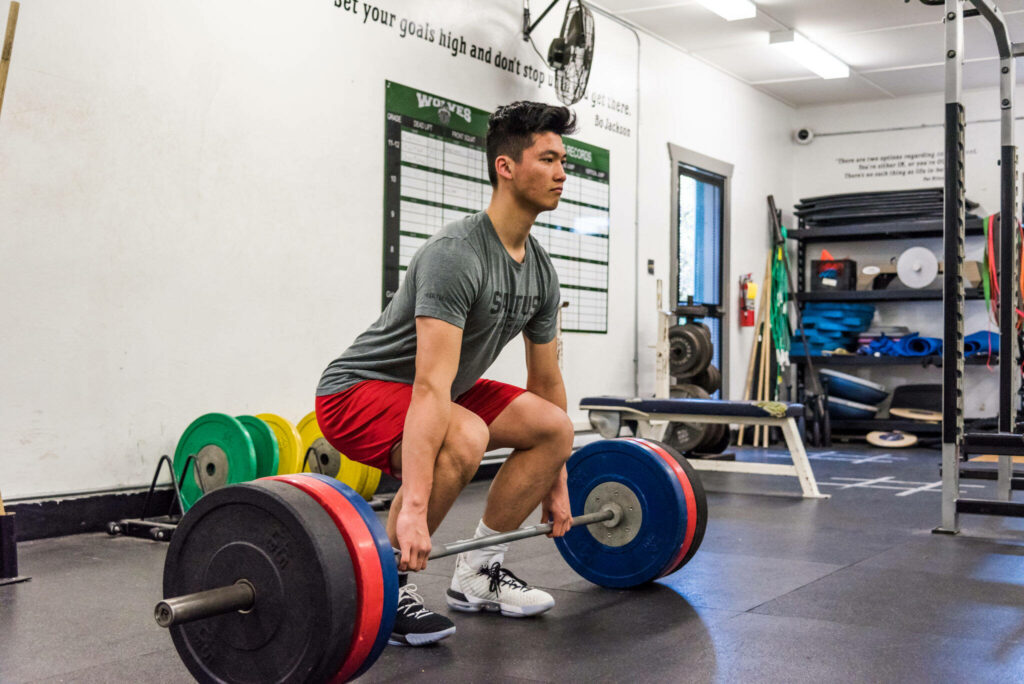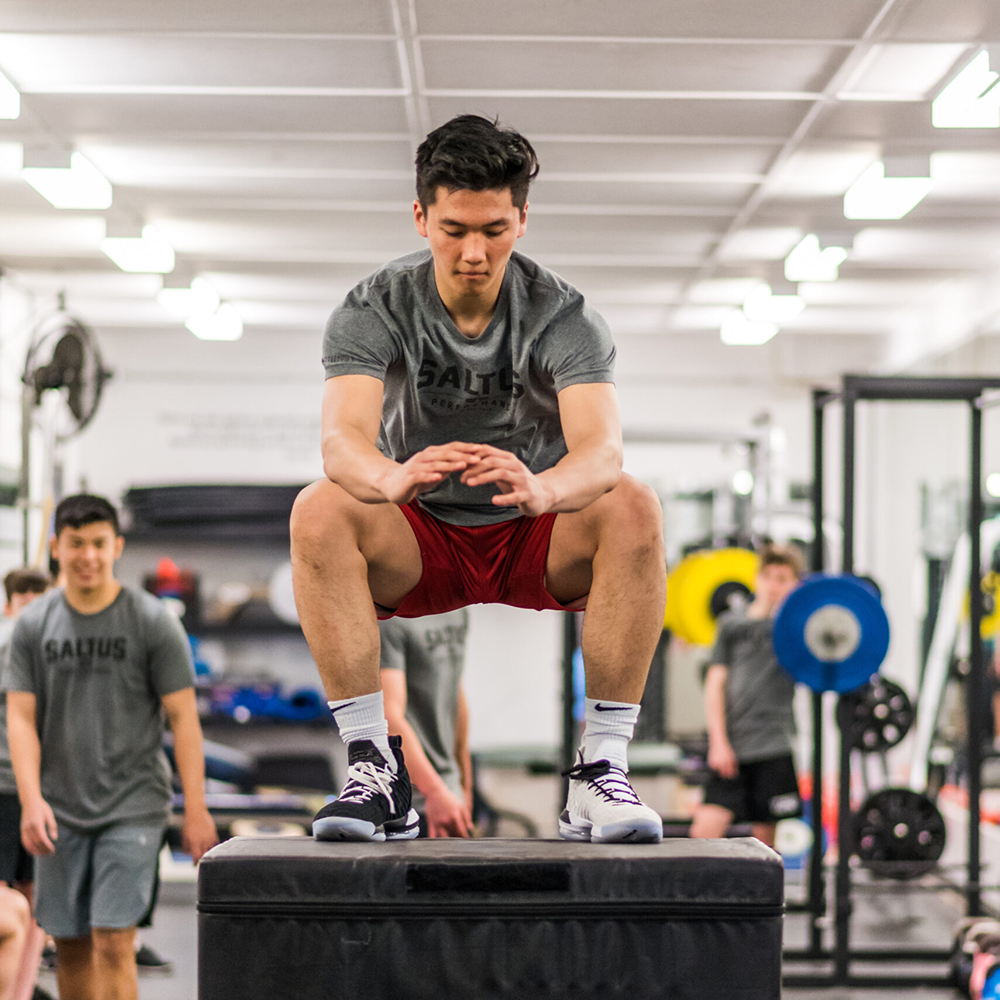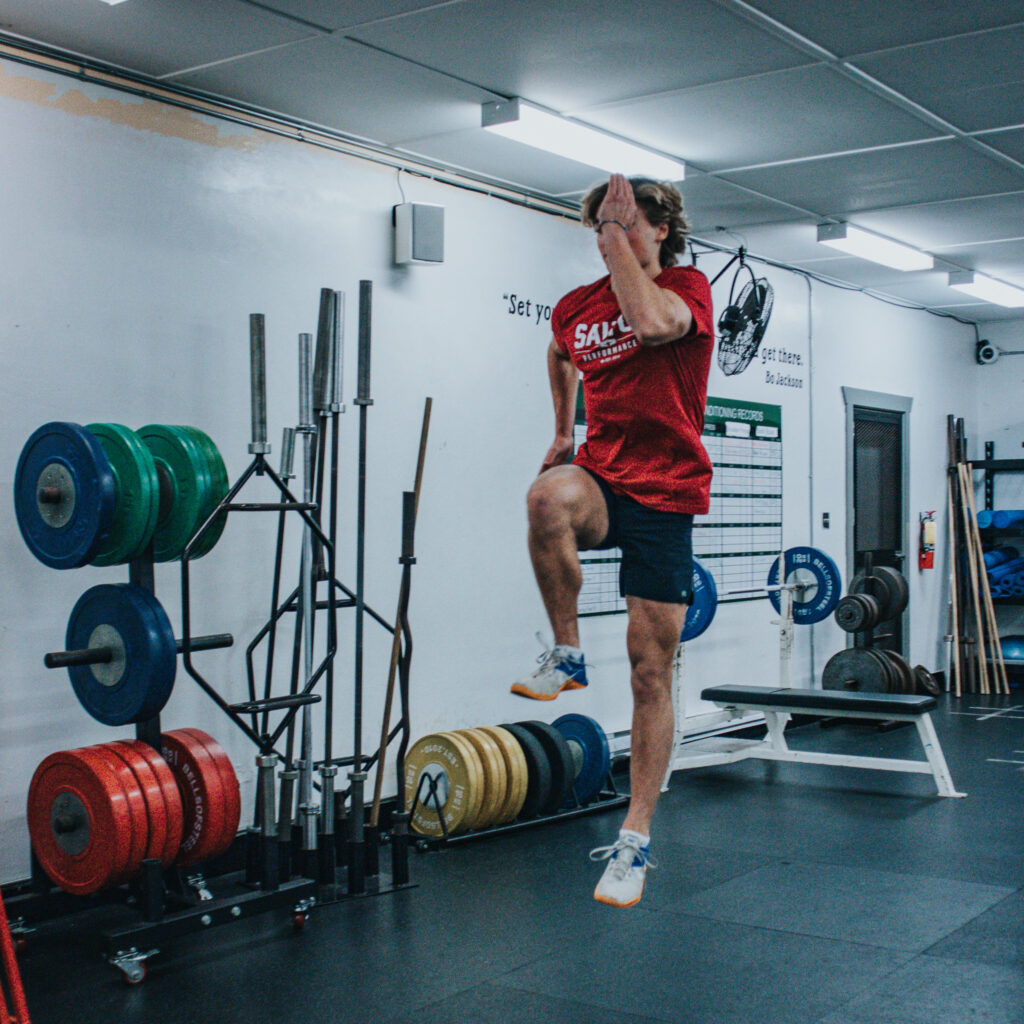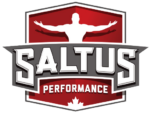
There are a couple of common phrases that get thrown around within the strength and conditioning community – “Strength has the biggest impact on sports performance” & “how strong is strong enough”.
While there is a certain element of truth behind this, it isn’t necessarily true. The biggest impact on an athlete’s performance, outside of the technical skill and psychological aspects of the sport, is POWER. At the moment, we are encompassing speed, agility, plyometrics, strength-speed, and speed-strength, as power.

Power, within physics, which can be applied to sports performance, can be defined as the time rate of doing work or delivering energy or force. For example, a given amount of work can be done in a long period of time by a low-powered motor or by a high-powered motor in a short period of time.
Think of the most defining moment within a sport, that leads to victory – scoring a goal in soccer, breaking a tackle in rugby, or football hitting the perfect shot in darts. Those are typical definitive moments that require bursts of energy and explosive energy to complete said movement. But power also refers to the general population and less athletic people in terms of slips, trips, or falls or at least trying to prevent them from happening.
While there is a strong relationship between strength and power there are a few considerations to think about why power is making the bigger impact on an athlete’s performance and why it should be addressed in an athlete’s training throughout the year. The ability to generate power and speed is lost very quickly, if not frequently trained or appropriate stimulus is applied, the term use it or lose applies here.
There are different types of power, as previously mentioned, and with many sports, athletes may need to have the ability to generate different amounts of work over different rates of time.
Both strength and power should be trained at the same time unless you are injured or a complete newbie to training.
In addition to that, no matter how strong an athlete is or if you think an athlete is not strong enough to perform an explosive movement in the training room, 9 times out of 10, they are producing some type of explosive movement in their sport.
With that all being said, what is power training? What does it look like? Depending on the specific adaptation a coach is trying to elicit, power training can look like anything from dumbbell or trap jump, squat jumps, Olympic lifts, plyometrics, depth and drop jumps, and band-resisted jumps. The list goes on.
No matter the choice of equipment or the stimulus being used, the most critical part of power training that needs to be addressed is intent. More often than not athletes will cruise through some of the movements mentioned and not look to maximize every rep. Every single rep is an opportunity to express a certain amount of force as fast as possible, recruit as many motor units as possible, tap into the central nervous system and make the biggest impact as possible. If we only train at 70%, then the time athletes spend in the training room won’t produce the desired results on the field.

Second, coaches prescribe exercises, training loads, and intensities but often forget and prescribe inappropriate rest periods. When moving explosively with maximal intent the central nervous and muscular systems go into overdrive and need a certain amount of time to fully recover. The goal of power training isn’t to make an athlete throw up or cause pain, programming enough rest to allow athletes fully recover and be ready to move at 100% is key.
We mentioned reps and sets briefly earlier and to not go too far down a rabbit hole, but programming specific reps, sets, and intensities are going to impact the stimulus placed upon the athlete. Therefore, it’s important to understand the specific needs of the athlete and their sport and use the force-velocity curve as part of your program design. For example, 4 sets of 4 reps of a squat jump compared to 4 sets of 4 reps of a squat jump with 30lbs is going to make a significant impact on the outcome.
We’ve outlined a few key areas and considerations as to why power needs to be addressed throughout the year in an athletes program. The impact it can have on athletes’ performance is huge and can define if they are successful or not. If you are looking to increase your athletic performance, learn more about our semi-private training classes.
